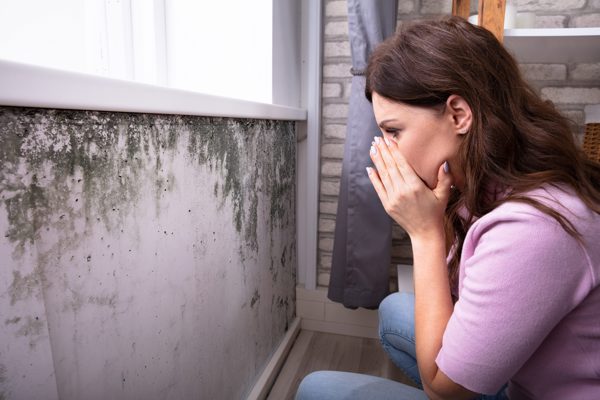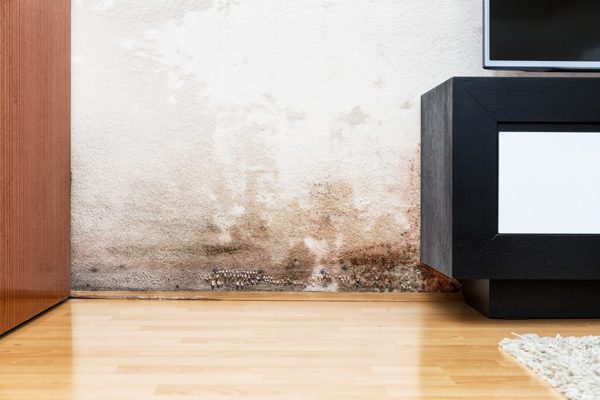Energy Measures to Help Eliminate Damp, Mould & Condensation
Energy Advice

Tackle damp, mould and condensation with simple energy-saving tips. Learn the causes and how to make your home healthier and drier.
- Recognising the signs of damp, mould and condensation helps you tackle problems early
- Understanding what causes these issues lets you take simple steps to prevent them
- Easy changes around the home can make your home drier, healthier and more comfortable
Damp, mould and condensation are common problems in many homes across the UK. They can make your home uncomfortable to live in, damage furniture and belongings and cause health issues like allergies or breathing problems.
However, there are simple steps you can take to reduce moisture and prevent these problems from happening. This blog will help you recognise the signs of damp and mould, explain what causes them, and give you practical tips to keep your home dry and healthy.
Signs Of Damp, Mould And Condensation; What To Look For
Knowing what to watch out for can help you find problems early. Signs of damp include damp patches on walls or ceilings, peeling wallpaper, or “tide” marks near the bottom of walls. Mould may appear as black, green or grey spots on walls, window frames or behind furniture. It often has a musty smell.
Condensation shows up as water droplets on windows, mirrors or cold walls, especially in kitchens, bathrooms or cold corners of rooms. If left untreated, condensation can lead to mould, which can stain walls, cause damage, and affect your health.

Main Causes Of Damp, Mould And Condensation
Understanding what causes these problems can help you prevent them. The most common causes are:
Poor ventilation
When your home doesn’t allow fresh air to flow through, moisture gets trapped inside.
Bad insulation
Cold spots in your home can cause moisture to gather and lead to mould.
Building flaws
Cracks, gaps in walls, around windows or in the roof let outside moisture and rain in.
Not enough heating
Cold homes stay damp and are more prone to mould.
Daily activities
Cooking, showering and drying clothes indoors all put moisture into the air.
Leaks and damage
Leaking pipes, blocked gutters or cracks in the roof can allow water inside.
By understanding these causes, you can take steps to prevent moisture from building up in your home.
Simple Tips To Reduce Damp, Mould And Condensation
A LEAP advice call can help you target the specific areas of your home that are causing you problems. We recommend booking a call with us if you are concerned about damp or mould growth. For now, Here are five easy things you can do to make your home drier and healthier, reducing the risk of damp and mould growth:
Improve insulation
Adding extra insulation to your walls, loft or floors keeps your home warmer. When it’s warmer, moisture doesn’t form as easily. Insulation also helps to save you money on energy bills.
Increase ventilation
Let fresh air in regularly. Use extractor fans in kitchens and bathrooms. Open windows for a few minutes each day, especially after cooking or showering, to remove moist air.
Control indoor moisture
Cover pans with lids while cooking to reduce steam. Dry clothes outside when possible. When you shower or bathe, always use the extractor fan and keep the bathroom door closed to stop extra moisture spreading into the house.
Check for leaks
Look for dripping pipes, damaged gutters or clogged drains. Fixing leaks quickly stops water from seeping into walls and causing damp patches.
Moisture, damp, mould and condensation can all be controlled if you take the right steps. Recognising the signs early and understanding what causes these problems helps you act quickly. Simple things like improving insulation, increasing ventilation and fixing leaks can make a big difference.
For more detailed advice from LEAP experts
Download our free guide or call our support team on 0800 060 7567.


